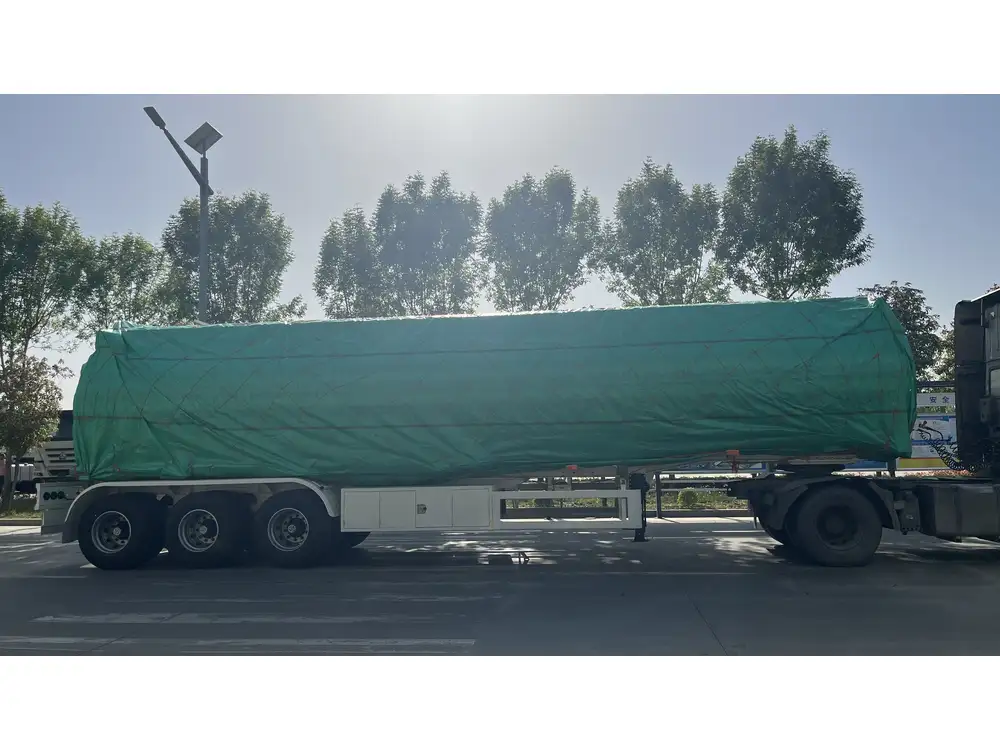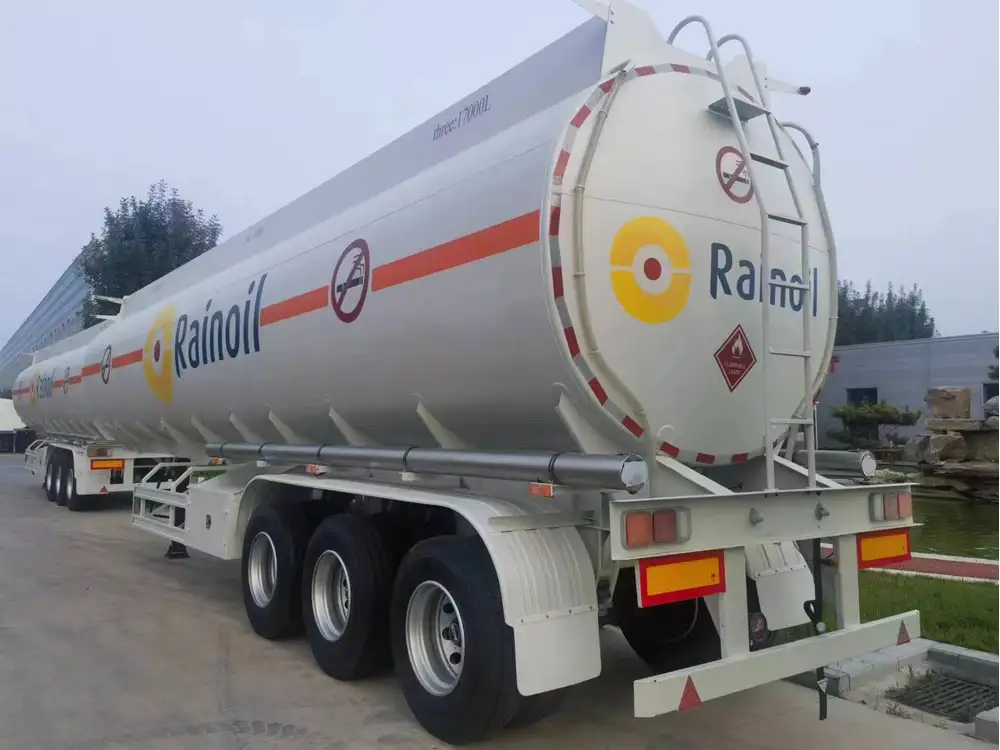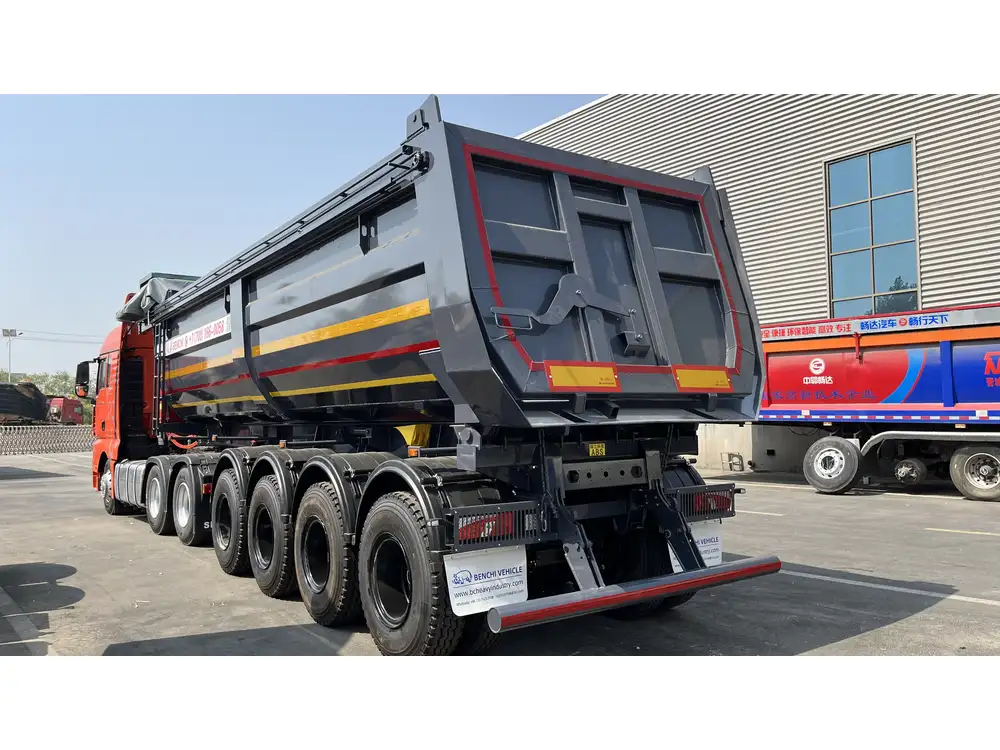Mounting a propane tank to a BBQ trailer is an essential task that requires precision, safety, and the right tools. This process not only ensures the proper functioning of your barbecue grill but also complies with safety regulations, protects those around you, and optimizes your cooking experience. In this article, we will explore the step-by-step methods to efficiently mount a propane tank to your BBQ trailer, addressing common concerns and providing detailed insights into essential best practices.
Understanding Propane Tank Basics
Types of Propane Tanks
Before delving into the mounting process, it is essential to understand the different types of propane tanks available:
| Type | Capacity | Usage |
|---|---|---|
| Disposable Cylinder | 16-20 lbs | Temporary use, outdoor grilling |
| 20 lb Propane Tank | 20 lbs | Common for BBQ grills |
| 30 lb Propane Tank | 30 lbs | Larger grills, food trucks |
| 100 lb Propane Tank | 100 lbs | Commercial use, catering |

Safety Considerations
Safety is paramount when working with propane tanks. Always adhere to the following guidelines:
- Ensure the tank is a certified propane tank, free of rust or leaks.
- Use protective gear, including gloves and goggles.
- Ensure the area is well-ventilated.
- Have an appropriate fire extinguisher on hand rated for flammable gas.
Tools and Materials Required
To successfully mount a propane tank to your BBQ trailer, gather the following tools and materials:
Tools
- Wrench Set: Needed for tightening and loosening fittings.
- Drill: Used to create mounting holes.
- Level: To ensure the tank is mounted straight.
- Measuring Tape: For precise measurements.

Materials
- Propane Tank: Select the appropriate size for your needs.
- Mounting Bracket: Sturdy material, typically metal, designed to hold the tank securely.
- Straps and Tie Downs: To secure the tank in place.
- Rubber Grommets: For cushioning and protection against vibrations.
Step-by-Step Guide to Mounting Your Propane Tank
Step 1: Selecting the Mounting Location
Choosing the right location on your BBQ trailer is critical. Consider the following:
- Accessibility: Ensure the tank is easy to access for refilling and connections.
- Ventilation: Avoid enclosed spaces; gaseous leaks require proper ventilation.
- Stability: Choose a flat surface that can bear the tank’s weight and withstand movement while driving.

Step 2: Preparing the Area
Once the location is selected, clear the area around it. Remove any obstructions and ensure there are no flammable materials nearby. Conduct a thorough inspection of the trailer to ensure it can support the weight of the propane tank.
Step 3: Mounting Bracket Installation
- Position the Bracket: Lay the mounting bracket onto the chosen location.
- Mark Drill Points: Use a pencil to mark points where the screws will go, ensuring they are evenly spaced for secure installation.
- Drill Holes: Using the drill, create holes where you marked.
- Attach the Bracket: Place the mounting bracket over the drilled holes and insert screws. Tighten with a wrench to ensure stability.
Step 4: Securing the Propane Tank
- Insert the Propane Tank: Place the propane tank into the mounted bracket, ensuring it fits snugly.
- Use Straps or Tie Downs: Secure the tank using straps hooked through the bracket. Ensure they are tight enough to prevent movement but not so tight that they damage the tank.
- Consider Rubber Grommets: Place rubber grommets between the tank and the bracket to absorb vibrations and prevent scuffing.

Step 5: Connecting the Propane Lines
- Locate the Gas Connection Points: Identify the gas inlet on the BBQ grill and ensure it is clean and free from debris.
- Attach the Regulator: Connect the regulator to the propane cylinder using the designated fittings, making sure not to cross thread.
- Tighten Fittings: Hand-tighten the knobs, and then use the wrench for an additional secure fit without overtightening to prevent damage.
Step 6: Testing for Leaks
Before using your BBQ grill, it’s crucial to check for potential leaks:
- Soap Solution Method: Mix soap and water in a spray bottle and apply it around all connection points. Bubbles indicate a leak.
- Tighten if Necessary: If leaks are found, tighten fittings and repeat the test until no bubbles are present.
Step 7: Final Inspection
Perform a final inspection to ensure everything is securely mounted:
- Check brackets and straps for tightness.
- Make sure the tank is stable in its mounted position.
- Ensure all connections are secured.

Maintaining Your Propane Tank and BBQ Trailer
To ensure longevity and safety, regular maintenance is essential. Adhere to the following practices:
Regular Inspections
Conduct regular inspections of both the propane tank and the BBQ trailer:
- Check the tank for signs of rust or damage.
- Inspect the hoses for cracks or wear.
- Ensure connections remain tight and leak-free.
Safe Storage Practices
When not in use, store your propane tank in a well-ventilated area, away from flammable substances. Ensure it remains upright and secured.

Refilling Responsibly
When refilling your propane tank:
- Use authorized refill stations or exchange programs.
- Never overfill; maintain proper fuel levels according to the tank’s specifications.
Common User Questions
What is the best location for mounting a propane tank on a BBQ trailer?
The best location is one that is flat, well-ventilated, and easily accessible for refills while ensuring stability during transportation.

How do I know which size propane tank to use?
The size of the propane tank depends on your usage requirements. For small BBQ grills, a 20 lb tank is often sufficient, while larger setups may require a 30 lb or 100 lb tank.
What safety equipment do I need when working with propane tanks?
It is advisable to have protective gloves, goggles, and an appropriate fire extinguisher readily available when handling propane tanks.
How can I detect propane leaks?
A simple method is to use a soap solution. Spray it on connection points, and if you see bubbles forming, you have a leak.

Conclusion
Successfully mounting a propane tank to a BBQ trailer is a straightforward process that, when done correctly, enhances your grilling experience. By following the outlined steps and adhering to safety standards, you ensure not only optimal functionality but also safety for yourself and others. Remember to maintain both your propane tank and trailer regularly to ensure they remain in prime condition for delicious barbecue adventures.



